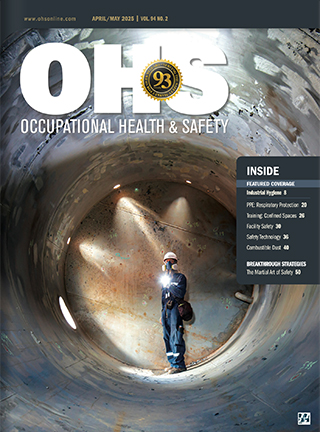
April/May 2025
Find these topics and more in the April/May issue:
- Industrial Hygiene
- PPE: Respiratory Protection
- PPE: Vision Protection
- Training: Confined Spaces
- Indoor Air Quality
- Facility Safety
- Fire Safety
- Safety Technology
- Employee Screening & Testing
- Artificial Intelligence
- Noise Monitoring
CLICK HERE TO SUBSCRIBE.
Features

By Daniyal Shahid
Robots and humans are starting to work together to enhance workplace safety through AI-driven solutions and human expertise.

By Stasia DeMarco
This year’s AIHA Connect will bring together OEHS professionals for expert-led sessions, hands-on training, safety innovations, and keynotes on neurodiversity and resilience—all aimed at building safer, stronger workplaces.
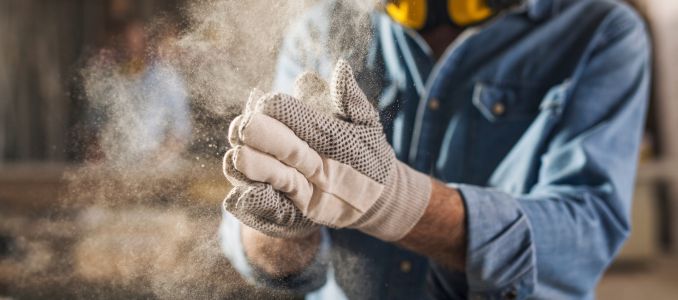
By Brian Richardson
Clearing the air on common myths about combustible dust hazards and how NFPA standards and explosion protection systems can help facilities stay compliant and safe.
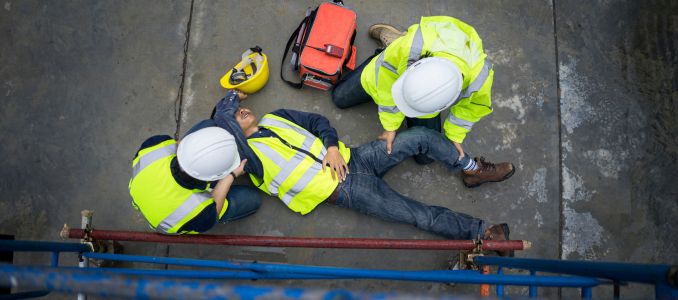
By Troy Butler
Construction sites are hazardous, but the real risk may be delay in care. Onsite clinics offer faster treatment, lower costs, and stronger safety culture—all at the job site’s front door.
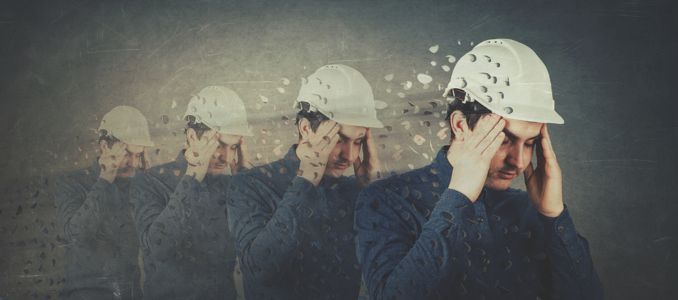
By Glorianna Reeser
How psychological safety influences workplace injury prevention and offers strategies for safety professionals to foster more open, trust-based environments.
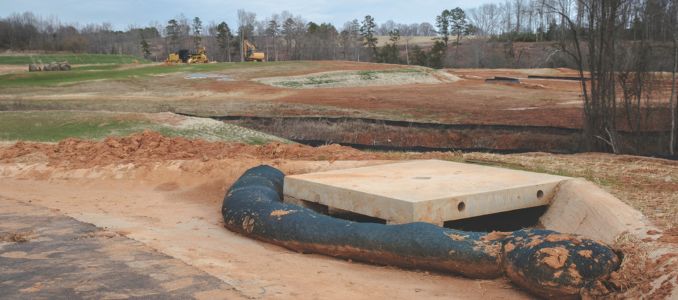
By Dan Ankney
Runoff from industrial sites and facilities can carry contaminants that threaten both the environment and workplace safety. Here’s how smart filtration strategies help control pollution and protect your people
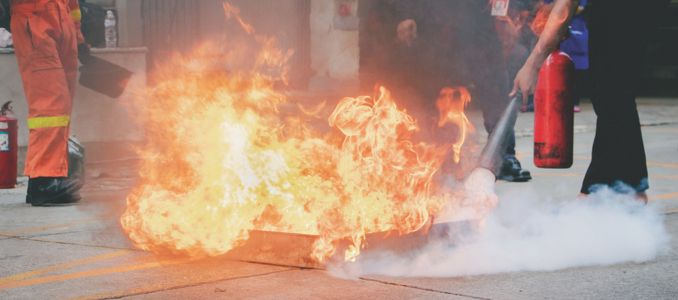
By David Kopf
How combining hands-on experience with tech-enhanced methods improves fire response readiness.
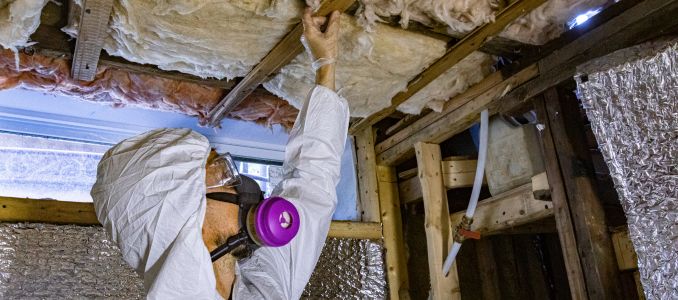
By Aaron Schroeder
Best practices for IAQ management in the workplace
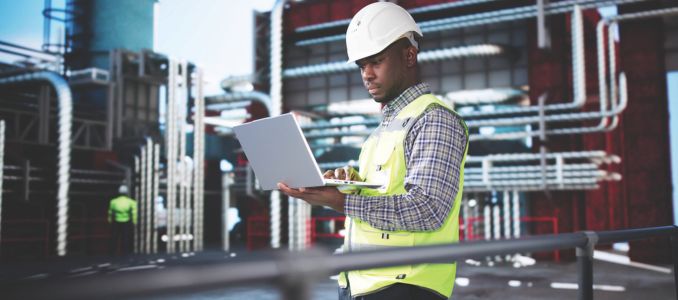
By Greg Duncan, Kristi Hames
How integrating software and management of change processes can improve chemical oversight, SEGs, exposure assessments, and sampling plans.
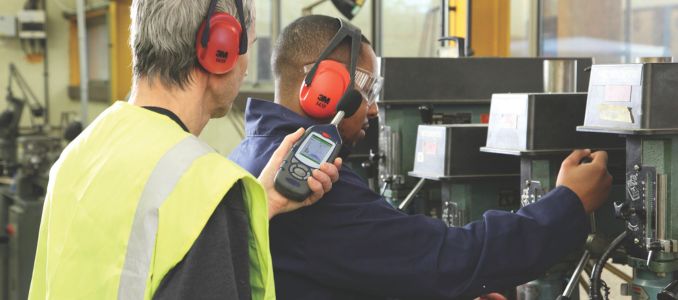
By Tim Turney
The risk of excessive noise isn’t going away. What are the dangers associated with the unseen hazard and why must employers implement a suitable monitoring program for noisy workplaces?
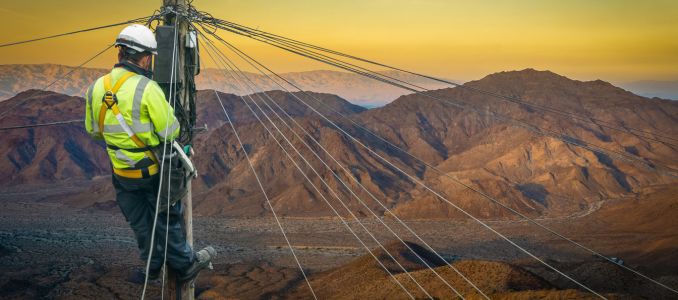
By Ray Prest
Technology can help lone workers stay in communication and signal for help—but only leadership, communication, and engagement can prevent incidents before they happen.
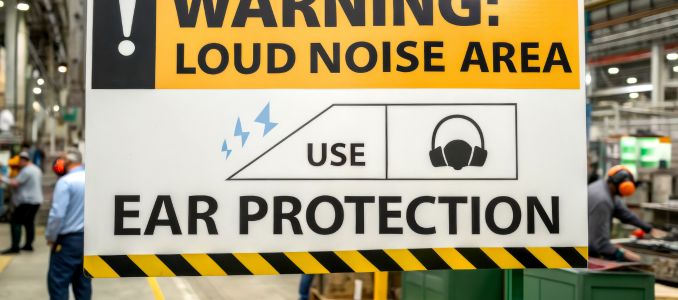
By David Kopf
Protecting employees’ hearing hinges on understanding the NIOSH’s recent recommendations and the latest hearing protection developments
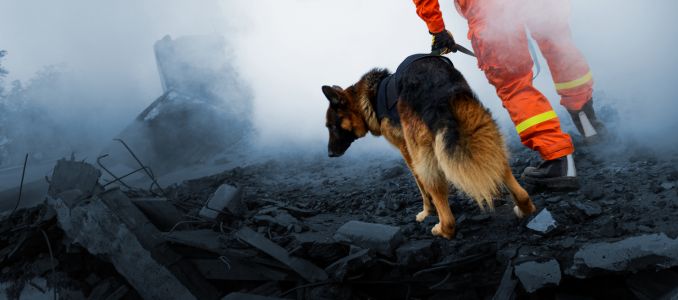
By Dennis Terpin
From wildfires to floods, cleanup crews face serious respiratory and skin exposure risks. What lessons can be learned from the Lahaina and California fires and applied to PPE and respiratory protection programs?
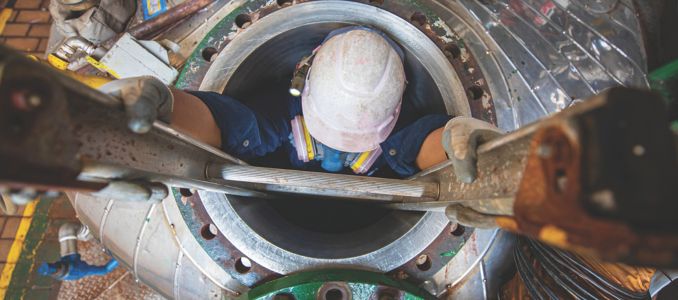
By Randy DeVaul
Protect yourself and your employees from confined spaces hazards
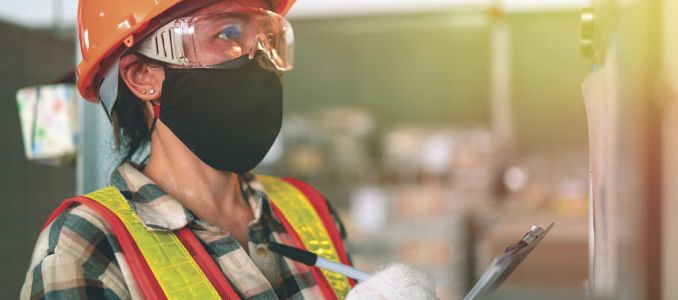
By Hal Wilson
How improving access, streamlining processes, and adopting digital solutions can increase compliance and reduce injury risks in prescription safety eyewear programs.
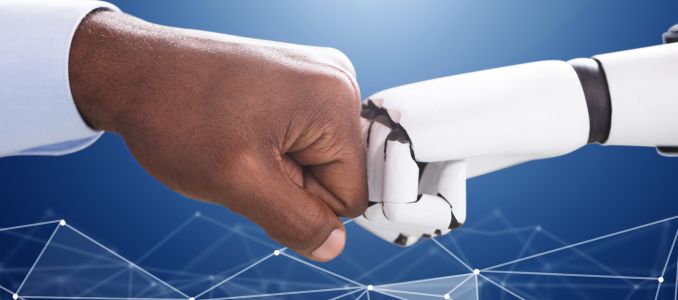
By Cam Stevens
Expanding the role of safety professionals in a tech-enabled world.
Departments
By David Kopf
The recent HHS layoffs at NIOSH significantly jeopardize the research, standards, and training that form the foundation of workplace safety.
By Robert Pater
Adapting principles from internal martial arts offers a powerful way to help workers internalize safety, improve body mechanics, and prevent injuries before they happen.